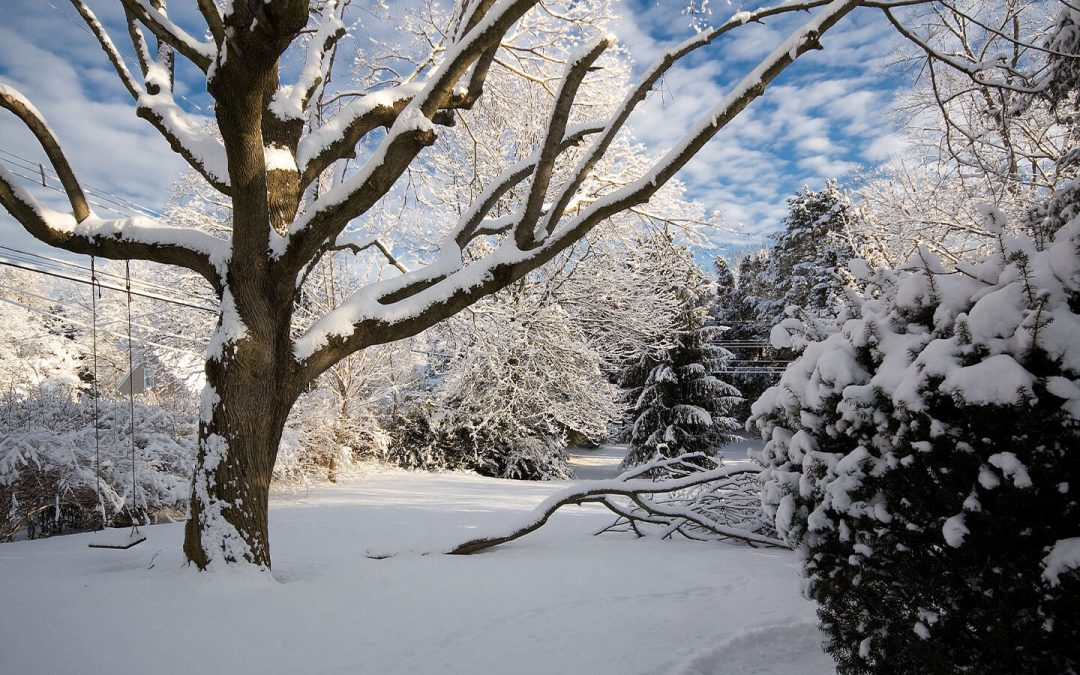Written by Admin and published on https://www.bartlett.com/
Late autumn through early winter is the best time to prepare trees for the upcoming winter and following spring. A professional arborist is your best bet to help tend the trees within your landscape. They can take proactive steps now that will help your shrubs and trees stay safe, healthy, and beautiful in the years to follow.
Autumn and Early Winter Tree Care
Autumn is a key time to prepare trees for the upcoming winter and following spring. It is important to reach out to a professional arborist at this time to tend to trees within your landscape. An arborist can proactively treat trees, taking steps now that will help keep your trees and shrubs healthy, safe, and beautiful in the months to come.
Preventative and remedial treatments administered in autumn boost trees’ stamina during the winter and create a positive growing environment in the spring. From the ground up to the top of the tree, here are some important recommendations:
- Identify and manage over-wintering pest populations.
Early detection of pests and diseases combined with targeted treatments reduces environmental stresses on your plants and protects your landscape investment. - Fertilize plantings to encourage root development.
Tree and shrub roots usually grow during the fall. Root systems store reserves of starch that will become active energy in the spring when shoot growth, leafing and flowering occur. Fertilization during this time will maintain soil nutrient levels and increase root production, promoting new growth in the spring. - Prune dead, broken and interfering branches.
It’s advantageous to schedule pruning tasks after leaves have fallen so that the silhouettes of trees and deciduous shrubs can be seen. Any dead, broken and interfering branches can be removed and vista pruning can be performed. A skilled arborist should make the pruning decisions and cuts. - Check for structural weaknesses in branch junctions and install cables or braces if necessary.
As with pruning, the advantage of cabling and bracing trees in fall and winter is having a view that’s unobstructed by foliage. Structural defects are more apparent and it’s easier to judge distances, cable tension and angles. - Perform cultural practices.
Replenish mulch to give root systems an extra layer of warmth, wrap evergreens to prevent animal damage and keep deicing salts away from plantings. - Assess your landscape needs and establish next season’s landscape goals.
Proactive care not only protects your trees, it also saves you inconvenience and the potential of expensive replacement costs later on.
Original post here https://www.bartlett.com/blog/2016/10/tree-advice/autumn-and-early-winter-tree-care/.

